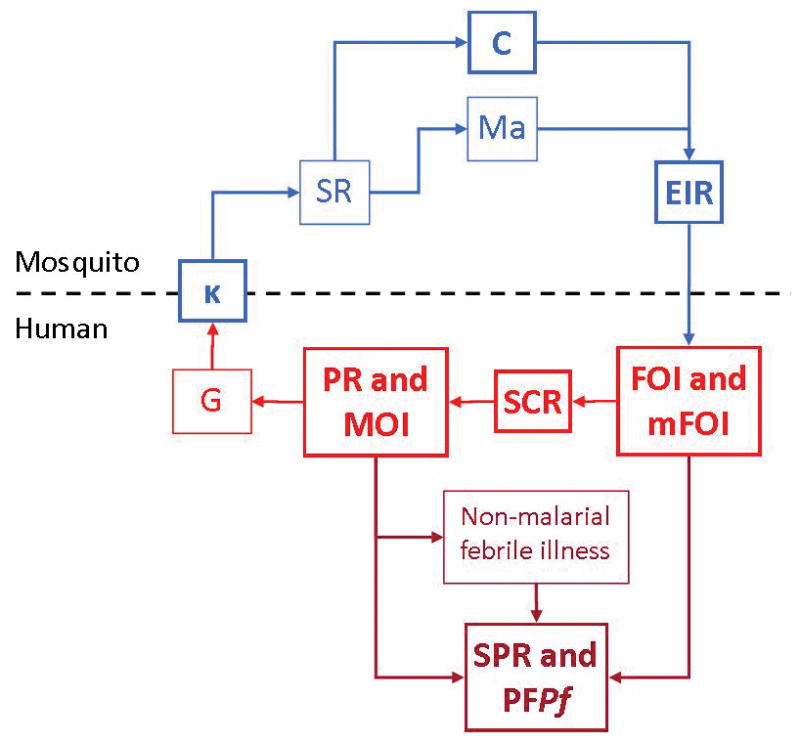Figure 1. Metrics of malaria transmission.

Metrics evaluated in this paper are in bold. Blue indicates entomological metrics; red indicates clinical metrics; dark red indicates asymptomatic and symptomatic infections identified in health facilities. κ: net infectiousness of humans; SR: sporozoite rate; C: vectorial capacity; Ma: human biting rate; EIR: entomological inoculation rate,; FOI: force of infection; mFOI: molecular force of infection; MOI: multiplicity of infection; SCR: sero-conversion rate ; PR: parasite rate; MOI: multiplicity of infection; G: gametocyte rate; SPR: slide positivity rate; PFPf: proportion of fevers parasitaemic.
Parasite rate (PR) is the proportion of the proportion of people who are infected with parasites and the gametocyte prevalence is the proportion of people carrying gametocytes in their blood. The human biting rate is the number of bites by vector mosquitoes received per human per day, denoted Ma, and some portion of mosquitoes biting infectious humans become infected. Since gametocytes must be present for a mosquito to become infected, gametocyte rates give an index of the net infectiousness of the human populations to mosquitoes, which is defined as the probability that a mosquito becomes infected after biting a human, denoted κ. Thereafter, each mosquito gives some number of infectious bites. The average number of human bloodmeals taken by a mosquito over a lifetime has been called the stability index, S, and the proportion of infected mosquitoes that survive long enough to transmit, P. The sporozoite rate, SR, in a stable population is related to κ by a formula . EIR is the expected number of infectious bites per person per day, a product of SR and Ma (Onori and Grab, 1980b). Vectorial capacity, C, describes the relationship between κ and EIR and reflects the efficiency of the malaria vector, or ‘the expected number of humans infected per infected human, per day, assuming perfect transmission efficiency’ (Smith and McKenzie, 2004). The t-day attack rate, denoted A(t), is the proportion of people who become infected over some interval of time of length t. This is the typical metric used to count human infections. The annual force of infection (aFOI) is the number of infections per person per year. In a population with homogenous risk, the attack rate is related to the force of infection by the relationship A(t) = 1 − e−ht. Two measures that are closely related to the AR and the FOI are the clinical attack rate (cAR), and the clinical force of infection (cFOI), which are defined in the same way as their respective clinical measures, but they are accompanied by clinical symptoms. The seroconversion rate describes the rate at which a population develops detectable malaria antibodies in the serum as a result of malaria infection.
